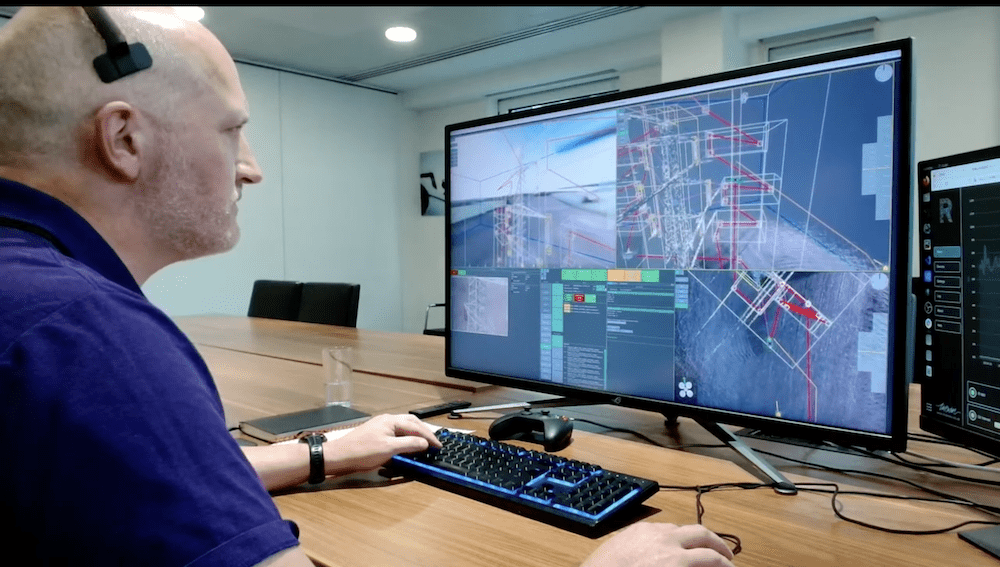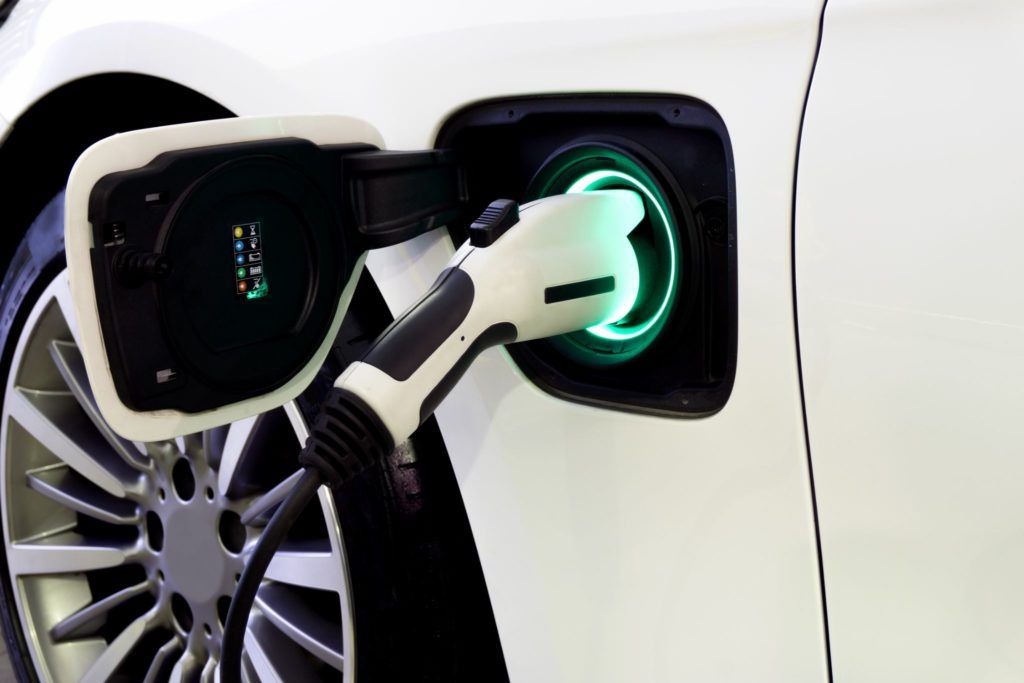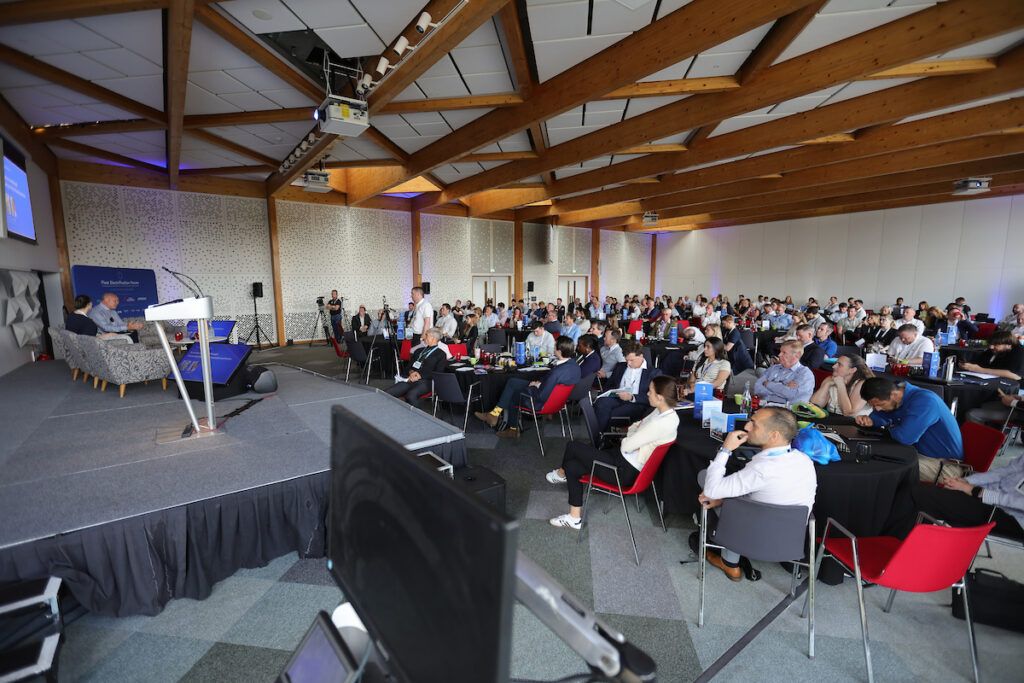National Grid has launched one of the first centralised autonomous aerial inspection capabilities for electricity infrastructure.
The deployment of sees.ai’s technology, following a four-year innovation programme, marks the transition from R&D to business-as-usual operations.
The system allows drones to fly Beyond Visual Line of Sight (BVLOS) close to live power infrastructure, piloted from a central control room.
Drones will be used to capture images and data of National Grid’s infrastructure, primarily high-voltage towers (pylons) and conductors (cables).
This data is then used to help to inform National Grid’s maintenance and investment programmes across its transmission network in England and Wales.
Automised asset inspection using drones delivers significant benefits, including by increasing the speed, efficiency and consistency of data processing and reducing the risk and environmental impact of other methods of data capture.
These new automated capabilities will allow National Grid’s skilled line workers and helicopter fleet to focus on other specialist tasks that require human performance, helping to manage workload and keep the networks operating safely and efficiently.
The sees.ai rollout positions National Grid as a global leader in digital grid operations. By combining centralised oversight with autonomous capabilities, this technology delivers Artificial Intelligence and Machine Learning optimised close inspection data with exceptional efficiency and safety.
Kathryn Fairhurst, Overhead Line Operations Director at National Grid said:
“This rollout underscores our commitment to use innovative technologies to manage and upgrade our network, By handling non-intrusive inspection tasks, this technology enables our highly skilled lineworkers to focus more efficiently on the complex, hands-on work that requires human expertise, and will form an important part of how we continue to manage our assets and deliver a safe and reliable network.”
Science Minister, Lord Vallance, said:
“Government backing has helped sees.ai develop from early-stage research into a thriving commercial partnership with a major UK company in the National Grid, keeping energy workers safe and demonstrating the benefit of public investment in pilot tech projects.
“We want to see more innovations like drone technology becoming viable solutions that benefit people’s lives, which is why our Regulatory Innovation Office is working with companies and regulators like the Civil Aviation Authority to cut unnecessary red tape and unlock discoveries which can grow our economy.”
John McKenna, CEO at sees.ai said:
“National Grid’s willingness to invest in and deploy emerging technologies demonstrates the kind of forward-thinking approach that will be essential for utilities worldwide as we navigate the energy transition,” “This contract validates the maturity of our technology. It shows what’s possible when infrastructure, innovation, and regulation align to support long-term energy goals.”
This deployment underscores National Grid’s commitment to use new technology to help maintain and upgrade its network and builds on close collaboration with the Civil Aviation Authority whose October 2024 policy concept enabled drones to fly beyond the visual line of sight (BVLOS) of remote pilots at low heights close to infrastructure or near buildings where there is little or no potential for any other aircraft to be operating
Sophie O’Sullivan, Director of Future Safety & Innovation at the UK Civil Aviation Authority, said:
“Drones have huge potential to make our infrastructure stronger, safer and cheaper to maintain.
“We’re working with companies like sees.ai and National Grid to make drone operations beyond visual line of sight a safe and everyday reality. This work is central to the modernisation of UK airspace and enabling new technology into our skies.
“By supporting projects that enable critical infrastructure inspections, we are gathering essential data to shape future policies and regulations and support the growth of the aerospace industry.”
Image courtesy of National Grid








